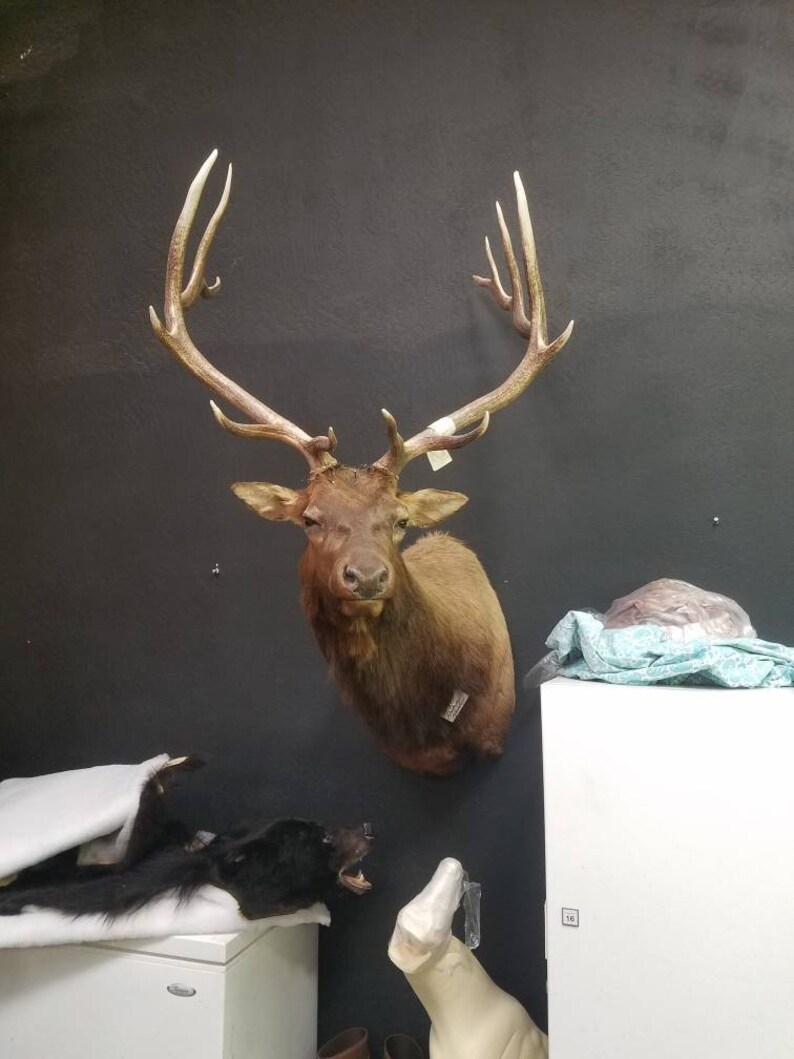
giganteus did not even have to turn its head to present the antlers to best effect, but could accomplish this by simply looking straight ahead. It has also been suggested that they eventually became so unwieldy that the Irish Elk could not carry on the normal business of life and so became extinct. According to a local tradition this ornamental shield comes from the mortuary chapel. One theory was that their antlers, under constant and strong sexual selection, increased in size because males were using them in combat for access to females. Ornamental shield made from an elks antler, anonymous, c. The size of Irish Elk antlers are distinctive, and several theories have arisen as to their evolution. giganteus skeletons can be found at the Natural History Museum in Dublin. Bottom line: elk antlers are amazing chews for dogs.They last forever, are a great source of calcium, helps with tartar, bad breath, and can keep dogs busy. The Irish Elk is estimated to have attained a total mass of 540–600 kg (1,190–1,320 lb), with large specimens having weighed 700 kg (1,500 lb) or more, roughly similar to the Alaskan Moose. In body size, the Irish Elk matched the extant moose subspecies of Alaska (Alces alces gigas) as the largest known deer. The Irish Elk stood about 2.1 metres (6.9 ft) tall at the shoulders carrying the largest antlers of any known cervid, a maximum of 3.65 m (12.0 ft) from tip to tip and weighing up to 40 kg (88 lb). The timing of antler growth and antler shedding in all cervids. The velvet carries essential nutrients to the antlers to help stimulate the regrowth.
ELK ANTLERS SKIN
While the antler regrowth is taking process, a soft layer of highly vascular skin known as velvet covers and protects the antlers. Cervids grow antlers they shed and regrow every year. Elk Antler Growth Process and Uses Bull elk shed their antlers in winter and begin growing new, larger ones during spring.


Elk, along with deer, moose, and caribou, are part of the Cervidae family. For this reason, the name "Giant Deer" is sometimes preferred. Bull elk shed their antlers in the spring because hormone levels in their blood signal their bodies to do so. Although most skeletons have been found in Irish bogs, the animal was not exclusively Irish and was not closely related to either of the living species currently called elk.


 0 kommentar(er)
0 kommentar(er)
